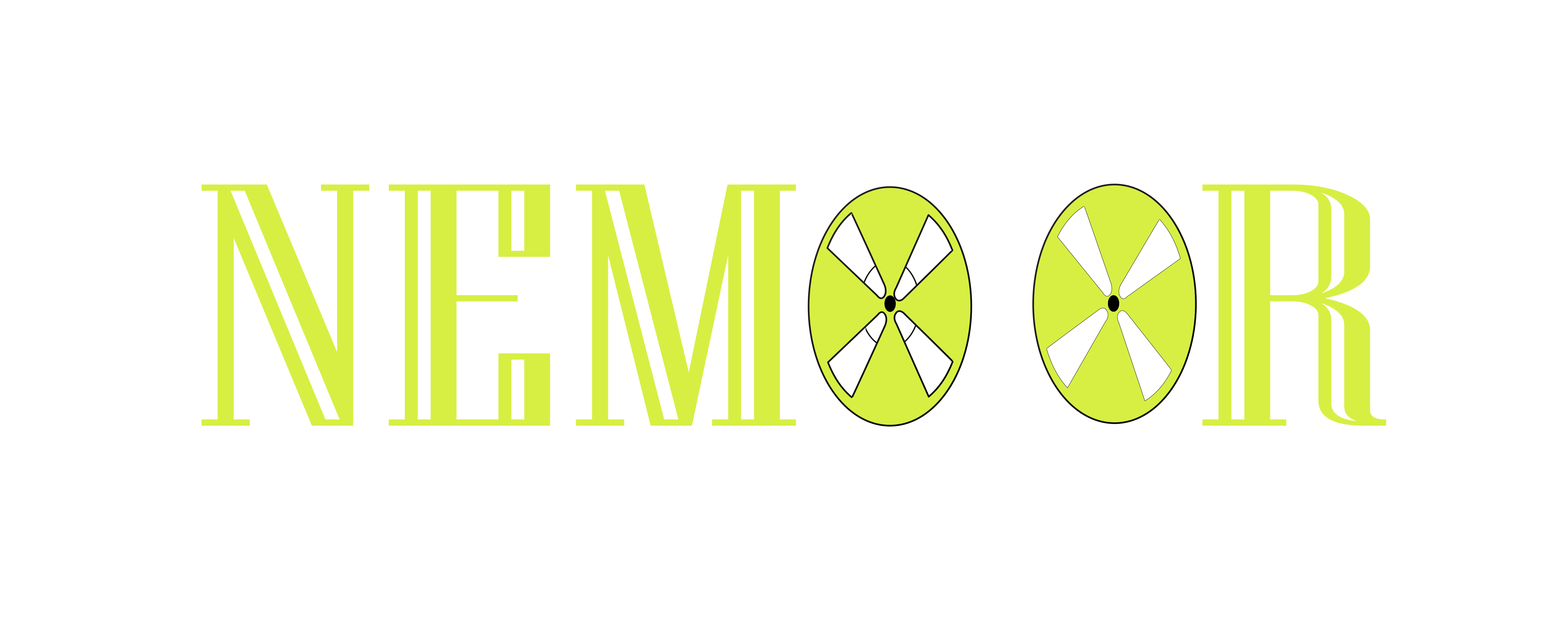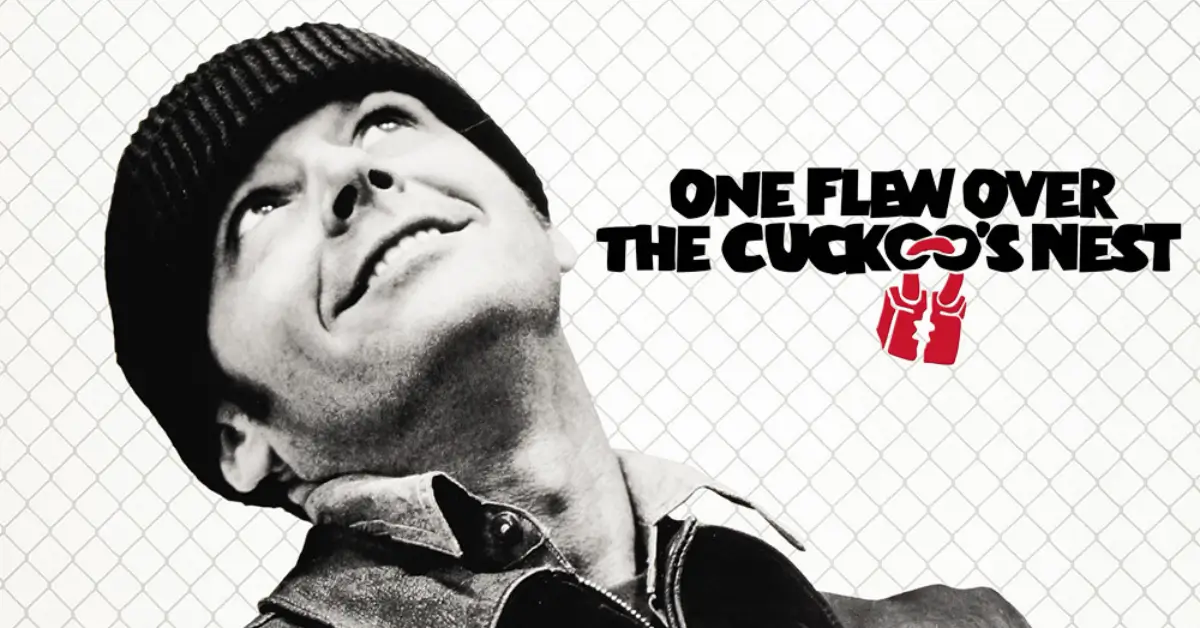One Flew Over the Cuckoo’s Nest: A Revolutionary Portrayal of Mental Health and Institutional Power
Few films have shaped public perception of mental health institutions as profoundly as “One Flew Over the Cuckoo’s Nest.” This groundbreaking film not only delivered powerful performances and storytelling but also sparked a nationwide conversation about psychiatric care in America. Examining the complex interplay between mental illness, institutional authority, and personal freedom, the film continues to resonate with audiences decades after its release. Through its unflinching portrayal of life inside a psychiatric ward, “One Flew Over the Cuckoo’s Nest” challenges viewers to reconsider their assumptions about mental health treatment and the thin line between conformity and sanity.
Thank you for reading this post, don't forget to subscribe!Basic Film Information
Title: One Flew Over the Cuckoo’s Nest
Release Date & Production Year: November 19, 1975
Director: Miloš Forman, a Czech filmmaker known for his anti-authoritarian themes and focus on outsiders within oppressive systems
Screenwriter: Lawrence Hauben and Bo Goldman, adapting Ken Kesey’s 1962 novel of the same name
Main Cast & Characters:
- Jack Nicholson as Randle Patrick McMurphy, a rebellious criminal who feigns insanity to serve his sentence in a psychiatric hospital rather than a prison work farm
- Louise Fletcher as Nurse Ratched, the cold, controlling head nurse of the ward
- Will Sampson as “Chief” Bromden, a silent Native American patient believed to be deaf and mute
- Brad Dourif as Billy Bibbit, a young patient with a severe stutter and crippling anxiety
- Sydney Lassick as Charlie Cheswick, an emotionally volatile patient
- Danny DeVito as Martini, a patient with hallucinations
- Christopher Lloyd as Taber, an antagonistic and hostile patient
- William Redfield as Dale Harding, an articulate patient with sexual insecurities
Genre: Psychological Drama
Awards Won: Academy Awards (“The Big Five”): Best Picture, Best Director, Best Actor (Nicholson), Best Actress (Fletcher), and Best Adapted Screenplay; Golden Globes for Best Motion Picture – Drama, Best Actor, Best Director, and Best Screenplay
Runtime & Rating: 133 minutes, Rated R for strong language, sexual content, and disturbing imagery
Plot Summary
General Overview
Set in an Oregon psychiatric hospital in the early 1960s, the film follows Randle McMurphy, a criminal who feigns mental illness to avoid prison labor. Upon entering the hospital, McMurphy encounters a repressive system dominated by the authoritarian Nurse Ratched. What begins as McMurphy’s rebellious attempts to enliven the ward and challenge Ratched’s control evolves into a profound struggle for the patients’ humanity and self-determination.
Mental Health Themes
While the film doesn’t focus extensively on diagnosing specific mental illnesses, it explores broader themes of institutionalization, the fine line between mental illness and nonconformity, and the dehumanizing effects of certain treatment approaches. The film portrays various manifestations of mental distress including anxiety, depression, hallucinations, catatonia, and suicidal ideation.
Key Turning Points
Several pivotal moments highlight the film’s mental health themes: McMurphy’s shock therapy punishment after defending another patient; the unauthorized party where patients momentarily reclaim their autonomy; Billy’s intimate encounter and subsequent suicide after Nurse Ratched’s shaming; and Chief Bromden’s mercy killing of McMurphy following his lobotomy. Each moment underscores the devastating impacts of institutional control and the struggle for personal dignity.
Ending Analysis
The film ends with Chief Bromden’s escape after mercy-killing the lobotomized McMurphy. This bittersweet conclusion offers both tragedy and liberation. While McMurphy is ultimately destroyed by the system, his rebellious spirit lives on through the Chief, who finds the strength to break free physically and metaphorically. The ending suggests that while institutions may crush individuals, the human spirit remains ultimately unconquerable.
Setting & Cinematic Techniques
Filming Locations
The film was shot on location at Oregon State Hospital, an actual functioning psychiatric institution. This authentic setting lends the film a documentary-like realism and uncomfortable intimacy. The hospital’s sterile corridors, community meeting rooms, and secured windows create a claustrophobic atmosphere that enhances the themes of confinement and control.
Cinematography
Cinematographer Haskell Wexler (later replaced by Bill Butler) employed a naturalistic approach, using available light wherever possible to enhance authenticity. The camera work creates distinct visual contrasts: tight, confining frames within the ward versus expansive shots during the fishing trip sequence. This visual language reinforces the film’s themes of institutional confinement versus freedom.
Sound & Music
Jack Nitzsche’s haunting, minimalist score featuring a musical saw creates an unsettling atmosphere. The film’s sound design emphasizes the institutional environment through echoing footsteps, jangling keys, and the oppressive hum of fluorescent lights. During group therapy scenes, overlapping dialogue creates a sense of chaos and confusion that mirrors the patients’ internal states.
Acting & Character Portrayal
Lead Actor’s Performance
Jack Nicholson delivers one of cinema’s most iconic performances as McMurphy, balancing charismatic rebellion with surprising vulnerability. Rather than portraying mental illness directly (as McMurphy is faking insanity), Nicholson embodies defiance against dehumanization. His performance evolves from cocky manipulation to genuine compassion for his fellow patients, culminating in the devastating blank stare after his lobotomy.
Supporting Cast
Louise Fletcher’s understated portrayal of Nurse Ratched won her an Academy Award, creating a villain whose soft-spoken control proves more terrifying than overt cruelty. The ensemble cast portraying patients delivers nuanced performances that avoid caricature. Will Sampson’s Chief Bromden communicates volumes through silence and subtle expressions, while Brad Dourif’s vulnerable Billy Bibbit captures the devastating fragility of someone crushed by institutional and maternal control.
Accuracy & Authenticity
The film’s portrayal of mental health patients reflects its 1960s setting, when diagnoses and treatments differed significantly from today’s approaches. While some portrayals may seem dated by current standards, the film captures authentic institutional dynamics of the era. Many patients appear to be hospitalized for behaviors that society deemed inappropriate rather than for clear psychiatric conditions, reflecting the period’s blurry boundaries between mental illness and nonconformity.
Mental Health Representation: Strengths & Weaknesses
Psychological Accuracy
The film’s strength lies not in its diagnostic specificity but in its accurate portrayal of institutional control mechanisms. Therapeutic practices shown group sessions, medication administration, electroconvulsive therapy, and ultimately lobotomy reflect actual approaches used in mid-20th century psychiatric care. However, the film’s portrayal of these treatments focuses primarily on their use as control mechanisms rather than their therapeutic intentions.
Stigmatization vs. Awareness
“One Flew Over the Cuckoo’s Nest” presents a double-edged legacy for mental health stigma. On one hand, it humanizes patients by portraying them as individuals with distinct personalities rather than their diagnoses. On the other hand, its portrayal of psychiatric care as uniformly repressive may have reinforced public fears about mental health treatment. The film’s impact must be understood within its historical context as a critique of specific institutional practices rather than a wholesale rejection of psychiatric care.
Impact on Public Perception
The film dramatically influenced public perception of psychiatric institutions, accelerating the deinstitutionalization movement that was already underway. While this raised important awareness about institutional abuses, some mental health advocates note that the film unintentionally contributed to public support for defunding mental health services without ensuring adequate community-based alternatives.
Critical Reception & Awards
Critics’ Reviews
“One Flew Over the Cuckoo’s Nest” received overwhelming critical acclaim. Critics praised its unflinching examination of institutional power and standout performances. Roger Ebert awarded it four stars, calling it “a film so good in so many of its parts that there’s a temptation to forgive the shortcomings.” The film has maintained its reputation over time, regularly appearing on “greatest films” lists.
Audience Reactions
The film resonated powerfully with audiences, particularly those with personal connections to mental health care. Former patients and their families often recognized institutional dynamics portrayed in the film, while mental health professionals had mixed reactions acknowledging certain truths while concerned about oversimplification of treatment approaches.
Awards & Nominations
The film achieved the rare feat of winning all five major Academy Awards (Picture, Director, Actor, Actress, and Screenplay), one of only three films in history to do so. Its critical and commercial success ensured its lasting cultural impact and cemented its place in cinema history. Despite controversy over its portrayal of psychiatric care, the film’s artistic achievements remain undisputed.
Cultural & Social Impact
Discussions Sparked
“One Flew Over the Cuckoo’s Nest” generated passionate debate about mental health care reform, patient rights, and the ethics of treatments like electroconvulsive therapy and lobotomy. The film arrived during a pivotal moment when deinstitutionalization was already beginning, adding cultural momentum to policy shifts away from long-term psychiatric hospitalization.
Influence on Other Films
The film established a template for later works exploring mental health institutions, including “Girl, Interrupted,” “12 Monkeys,” and “Shutter Island.” Its influence extends beyond mental health themes to any film challenging institutional authority or celebrating nonconformity. The portrayal of Nurse Ratched has become a cultural touchstone for discussions of power and control in healthcare settings.
Mental Health Advocacy
While not explicitly tied to advocacy organizations, the film contributed to growing public support for patients’ rights movements and mental health reform. Ken Kesey, who wrote the original novel, had worked as an orderly in a psychiatric hospital and intended his story as criticism of what he witnessed. The film amplified his message to a global audience, helping accelerate policy changes already in progress.
Personal Reflection & Final Thoughts
“One Flew Over the Cuckoo’s Nest” provides profound insights into how institutional power can override individual dignity, offering a searing critique of systems that prioritize control over healing. Its greatest strength lies in showing how arbitrary the line between “sane” and “insane” can be when conformity becomes the primary measure of mental health.
I would approach recommending this film to someone struggling with mental health carefully. While its portrayal of patient resilience may resonate, its depiction of psychiatric treatment as primarily punitive could discourage someone from seeking necessary care. The film is better understood as a historical critique of specific institutional practices rather than a reflection of contemporary mental health care.
The film could have provided more nuance in its portrayal of mental health professionals, acknowledging that many were working toward reform even in that era. Additionally, clearer distinction between different mental health conditions might have prevented some viewers from generalizing the film’s critique to all forms of psychiatric treatment.
Conclusion
More than four decades after its release, “One Flew Over the Cuckoo’s Nest” remains a powerful testament to the importance of humanity in mental health care. Its unforgettable characters and situations continue to challenge viewers to question authority, recognize the dignity of those labeled as “different,” and consider the fine line between treatment and control.
The film’s enduring legacy lies in its passionate defense of individual spirit against institutional machinery. By portraying mental patients as people first with dreams, desires, and dignity rather than as walking diagnoses, “One Flew Over the Cuckoo’s Nest” helped shift cultural perceptions of mental illness. While psychiatric care has evolved significantly since the era portrayed, the film’s central questions about autonomy, conformity, and the definition of “normal” remain profoundly relevant.
What are your thoughts on this film’s portrayal of mental health institutions? Do you see parallels between the power dynamics depicted and other institutional settings in contemporary society?

